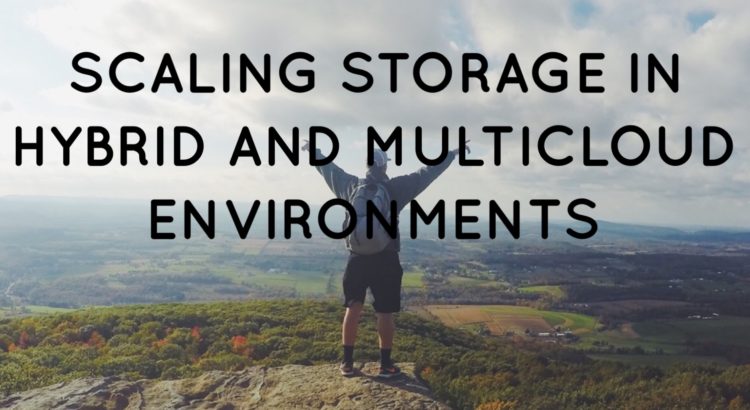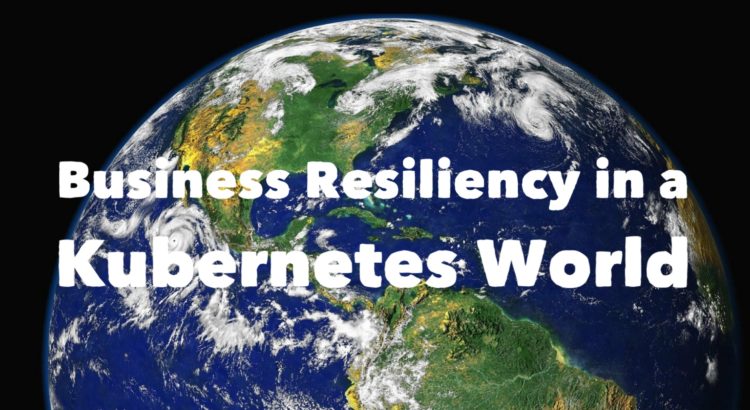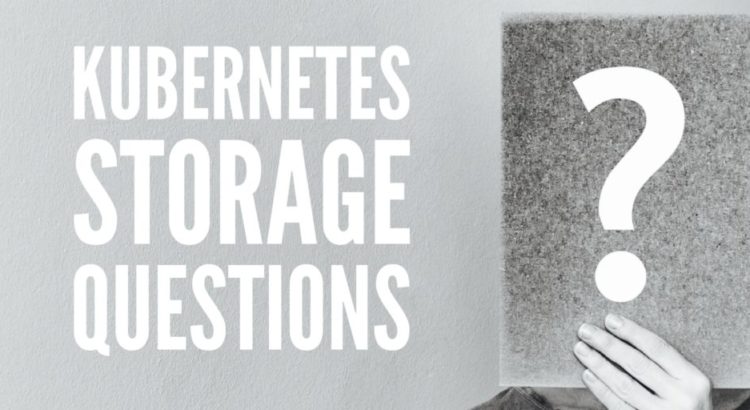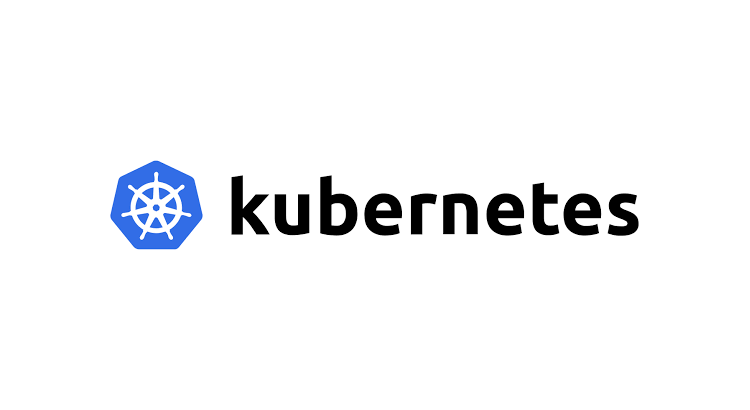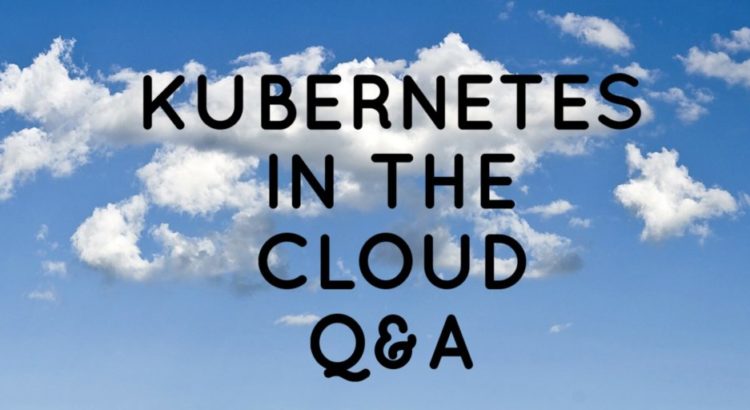The new coronavirus that has been ravaging countries and sending us all into lockdown is the most observed pandemic we’ve ever experienced. Data about the virus itself and perhaps more appropriately, the nations upon which it is having an impact have been shared from multiple sources. These include academic institutions such as John Hopkins University, national governments and international organisations such as the World Health Organisation. The data has been made available in many formats, from programmatically accessible APIs to downloadable comma delimited files to prepared data visualisations. We’ve never been more informed about the current status of anything.
Data Aggregation
What this newfound wealth of data has also brought to light is the true power of data aggregation. There is really only a limited number of conclusions that can be drawn from the number of active and resolved cases per nation and region. Over time, this can show us a trend and it also gives a very real snapshot of where we stand today. However, if we layer on additional data such as when actions were taken, we can see clear pictures of the impact of that strategy over time. With each nation taking differing approaches based on their own perceived position, mixed with culture and other socio-economic factors, we end up with a good side-by-side comparison of the strategies and their effectiveness. This is helping organisations and governments make decisions going forward, but data scientists globally are urging caution. In fact, the data we are producing today by processing all of these feeds may turn out to be far more valuable for the next pandemic, than it will for this one. It will be the analysis that helps create the “new normal.”
Read More
